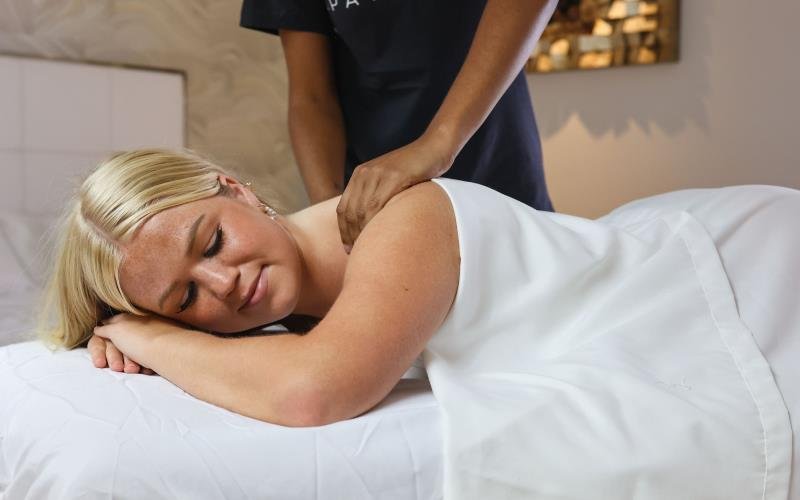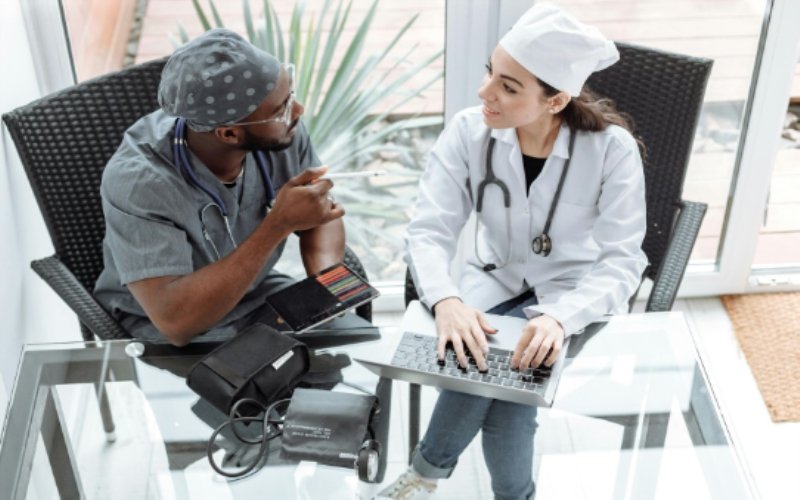After enjoying a rejuvenating massage session, taking care of yourself afterward is crucial to extend the benefits and enhance your overall well-being. Incorporating simple post-massage self-care practices can help you maintain relaxation, support muscle recovery, and make the most out of your massage experience.
Hydration: Replenishing Fluids
Hydration is key to maximizing the benefits of your massage. During the session, toxins are released from your muscles, and drinking water afterward helps flush them out of your system. Aim to drink plenty of water or herbal teas in the hours following your massage to stay hydrated. This not only supports detoxification but also helps prevent dehydration, which can sometimes occur after prolonged relaxation. Avoid sugary drinks or excessive caffeine, as these can counteract hydration efforts.
Rest and Relaxation: Allowing Your Body to Heal
After your massage, prioritize rest and relaxation to allow your body to fully absorb the benefits of the session. Choose gentle activities that promote relaxation, such as reading a book, taking a warm bath, or practicing deep breathing exercises. Avoid strenuous activities or intense workouts immediately after your massage, as this can strain muscles that have just been relaxed and may diminish the effects of the treatment. To book your session, visit spatheory.com.
Gentle Movement: Maintaining Flexibility
While rest is important, incorporating gentle movement can help maintain flexibility and prevent muscle stiffness after a massage. Consider light stretching exercises or taking a leisurely walk to keep your muscles supple. Pay attention to any areas of tension or soreness and gently stretch or move them to alleviate discomfort. Be cautious not to overexert yourself or engage in vigorous exercise that could strain muscles still in a state of relaxation.
Temperature Therapy: Soothing Sore Muscles
Temperature therapy can be beneficial for soothing sore muscles post-massage. Applying a heat pack or using a heating pad on areas of tension can help increase blood flow and promote muscle relaxation.
Alternatively, cold therapy with an ice pack can reduce inflammation and numb any lingering soreness. For a combined approach, consider using the Zyllion Shiatsu massager, which offers both heat and massage functions to enhance muscle recovery. Be mindful of using moderate temperatures and limiting exposure to avoid skin irritation or discomfort.
Nutrition: Supporting Muscle Recovery
Eating nutrient-dense foods after a massage can aid in muscle repair and replenish energy stores. Incorporate lean proteins such as chicken, fish, or tofu, along with plenty of fruits, vegetables, and whole grains. These foods provide essential vitamins and minerals that support overall health and recovery. Avoid heavy or greasy meals immediately after your massage, as they may interfere with digestion and detract from the relaxation achieved during your session.
Tips for Preparing for a Massage
Are you nervous about your first massage? The experience can seem daunting when you expect a therapist to appear at your door. But, you have to remember that massages are supposed to be relaxing. You need to focus on bringing down your anxiety levels and enjoying the experience. There are a few things you can do to prepare for your first massage and to ensure that it’s going to be enjoyable. So, let’s take a look at a few simple adjustments you can make that will make a big difference when your therapist arrives.
Know Your Goals
First, it’s beneficial to think about what you’re looking to achieve with a massage session. Some people strive for stress relief and better sleep. Others want to address the discomfort they’re experiencing in their body. Either way, knowing what your goals are in advance means that you’ll be able to communicate them to your therapist when they arrive. Then, each session can be targeted and used to your advantage.
Prepare the Room
There are so many advantages to having your massage at home. But, this doesn’t mean that you should neglect the space you’re in. In other words, you want to ensure it promotes relaxation and serenity. So, take your time and ensure that the room makes you feel comfortable and ready to unwind. This can include dimming the lights, lighting some candles, and even playing soft music. This will allow you to make the most of the session. Don’t forget to clear some space so that the massage table can be brought in.
Have a Snack
Most people debate having a large meal before a massage. This is something that most people advise against. It can make you feel uncomfortable and bloated. Instead, you can have a snack. This allows you to refuel enough to feel good during the experience. It’s also important to stay hydrated for a massage. This can help with getting rid of toxins in the body.
Conclusion
Incorporating these post-massage self-care tips into your routine can help you maximize the benefits of your massage therapy sessions. By prioritizing hydration, rest, gentle movement, and mindful practices, you can prolong relaxation, support muscle recovery, and enhance your overall well-being. Remember to customize these tips to fit your individual preferences and needs, ensuring each massage leaves you feeling refreshed and revitalized.



